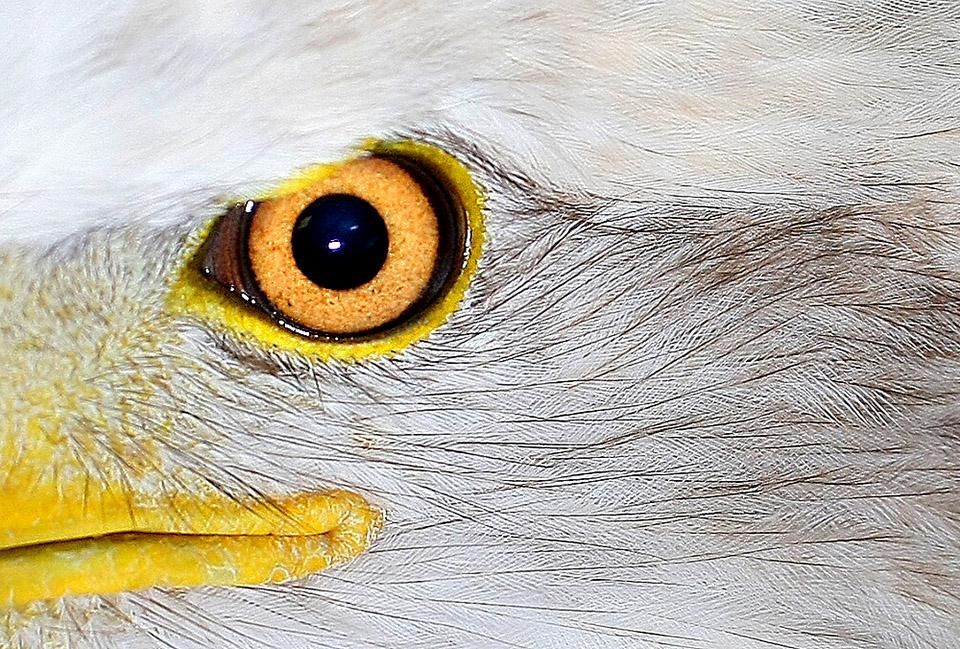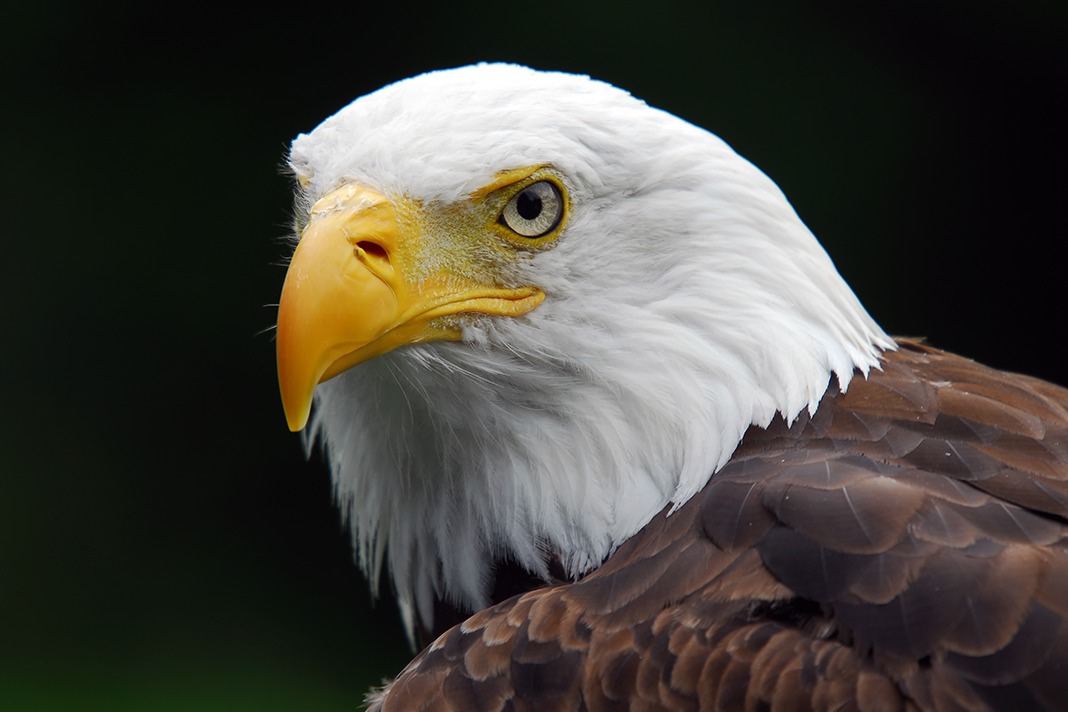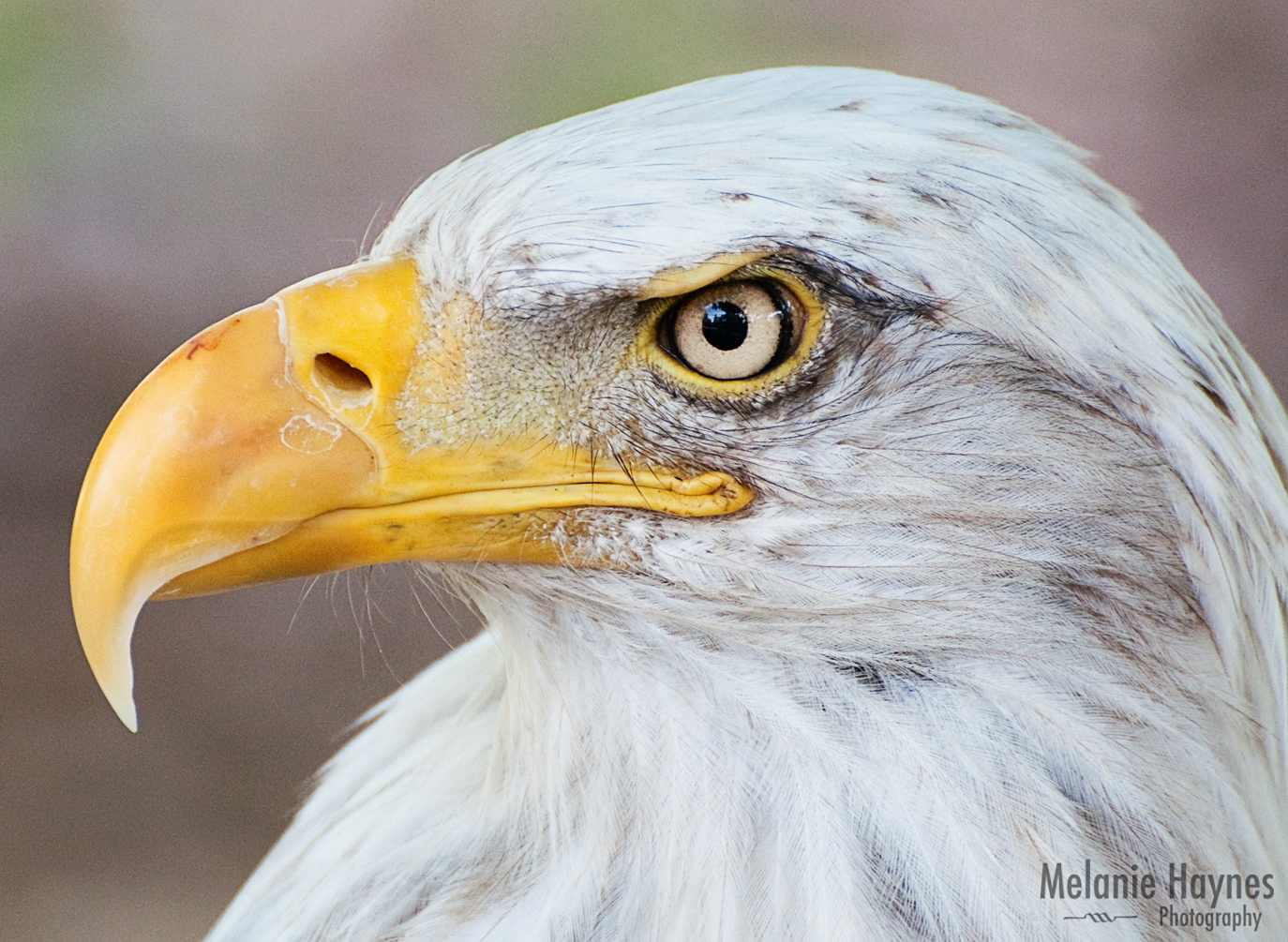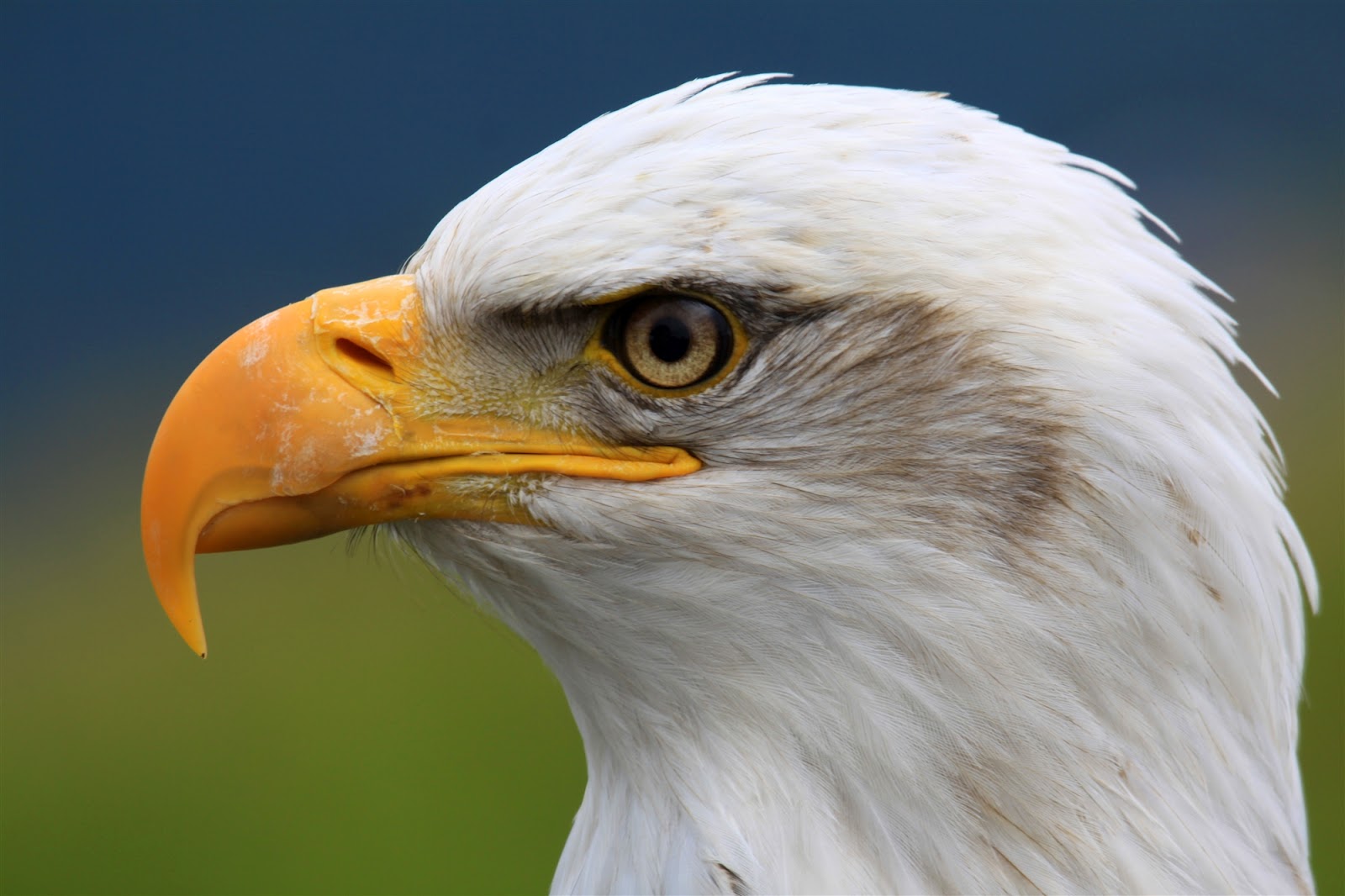

The birds’ acuity is tested by changing the width of the stripes and determining from what distance the eagles begin to turn in the correct direction.” One screen has a display of striped pattern to attract the eagle towards it and when they land on that screen, they are given a treat.
#Eagle eyes tv#
“The birds are trained to fly down a long tunnel where two TV screens are kept at the end. The following method was used to determine exactly how well these great birds can see: Only recently, however, has their sight been able to be officially measured. Clearly, knowledge of the hunting bird’s excellent visual acuity has been known for centuries. This problem deals with the process of decomposing a target area polygon into a set of images from space that cover the target in the smallest possible schedule duration (makespan).We’ve all heard someone with excellent eyesight described as “eagle eyed” by others – but how much truth lies in this well-known idiom? The saying harks back to the Elizabethan era, where it was first reported being used in 1598. Lower-level scheduling: area coverage planning Asymmetric slew costs mean that an exhaustive solution cannot discard 1/2 of the search space using a symmetry argument. Time varying slew costs mean that any approach that relies on a triangle rule to prune search space may be invalidated. The cost of a slew between two observations is asymmetric The cost of a slew between two observations is time varying

The geometry of an observer flying by a target that is rotating was the observer flies by adds two challenging aspects to this scheduling problem: 2008), optimal EOS scheduling is expected to be Is a desired visit to a science target and timeīy analogy to the job flow problem of minimizing tardiness with sequence dependent setup costs (AllahverdiĮt al. Graph (revisits) and time interval restrictions (visibilities). Vertices with time varying edge costs, cycles within the We start with the larger planning problem, which we derive from the Earth Observational Scheduling problem (Globus et al.
#Eagle eyes how to#
There is a second, lower-level planning problem that focuses on how to effectively tile out and schedule polygon area requests. The Eagle Eye project focuses on a larger scale planning/scheduling problem where the planner must choose which targets are visited in which sequence to maximize the satisfaction of the input science campaign deck. Polygon operations, computational optimizations and KML input/output are re-used from the CLASP swath module library. Spacecraft and celestial ephemeris-related computations are computed using the SPICE framework. This allows science teams to draw their campaigns in external tools like Google Earth.Įagle Eye draws from heritage software. The interface for science campaigns is with an extension of the Keyhole Markup Language (KML). Observations could be observed once, or repeatedly with revisits forming a temporal constraint network (TCN). Science campaigns can include individual points and polygons on an observed body, or a distant celestial objects. The Eagle Eye model was originally created for the proposed Eagle Eye ISS-mounted gimballed telescope, but can also be used to schedule observations for body-fixed instruments if the scheduler is allowed to steer the bus.Ī schedule consists of a set of observations that satisfy some science campaign.


2D framing instruments acquire a whole rectangle at the same time, like a digital camera. Pushbroom sensors generate an image by dragging a 1D line across the target, like a scanner. This is a relatively young research area because most of the older space-based imaging sensors are 1D pushbrooms. The Eagle Eye project is a specialized ASPEN model that focuses on planning and scheduling observational coverage for space-based, steerable 2D framing instruments.


 0 kommentar(er)
0 kommentar(er)
